- Have any questions?
- +86-189 8930 5995
- sales@mosinterchem.com.cn
Fluorescein CAS 2321-07-5

Eosin Y Water Solution CAS 17372-87-1
21/12/2018
Basic Violet 10 Rhodamine B CAS 81-88-9
21/12/2018| Model: | MOS 2321-07-5 |
| Brand Name: | MOSINTER |
| CAS No.: | 2321-07-5 |
| Molecular formula: | C20H12O5 |
| Molar mass: | 332.31 g/mol |
| Soluble: | insoluble |
| Density: | 1.602 g/mL |
| Storage condition: | -20°C |
| Melting point: | 314 – 316 °C |
Fluorescein (CAS: 2321-07-5)
| Item | Index |
| Appearance | Orange-red crystals |
| Grade | AR |
| Melting point ℃ | 320 |
Basic Information
Fluorescein is a synthetic organic compound available as a dark orange/red powder slightly soluble
in water and alcohol. It is widely used as a fluorescent tracer for many applications.
Fluorescein is a fluorophore commonly used in microscopy, in a type of dye laser as the gain medium,
in forensics andserology to detect latent blood stains, and in dye tracing. Fluorescein has an absorption
maximum at 494 nm and emissionmaximum of 521 nm (in water). The major derivatives are fluorescein
isothiocyanate (FITC) and, in oligonucleotide synthesis, 6-FAM phosphoramidite.
Fluorescein also has an isosbestic point (equal absorption for all pH values) at 460 nm. Fluorescein is also
known as a color additive (D&C Yellow no. 7). The disodium salt form of fluorescein is known as uranine
or D&C Yellow no. 8.
The color of its aqueous solution varies from green to orange as a function of the way it is observed: by
reflection or by transmission, as it can be noticed in bubble levels in which fluorescein is added as a colorant
to the alcohol filling the tube to increase the visibility of the air bubble and the precision of the instrument.
More concentrated solutions of fluorescein can even appear red.
Chemical and physical properties
The fluorescence of this molecule is very intense; peak excitation occurs at 494 nmand peak emission at 521 nm.
Fluorescein has a pKa of 6.4, and its ionization equilibrium leads to pH-dependentabsorption and emission over
the range of 5 to 9. Also, the fluorescence lifetimes of the protonated and deprotonated forms of fluorescein are
approximately 3 and 4 ns, which allows for pH determination from nonintensity based measurements. The
lifetimes can be recovered using time-correlated single photon counting or phase-modulationfluorimetry.
Derivatives
There are many fluorescein derivatives. For example, fluorescein isothiocyanate 1, often abbreviated as FITC,
is the original fluorescein molecule functionalized with an isothiocyanate group (-N=C=S), replacing a hydrogen
atom on the bottom ring of the structure. This derivative is reactive towards primary amine groups of biologically
relevant compounds including intracellular proteins to form a thiourea linkage. A succinimidyl ester functional group
attached to the fluorescein core, creating NHS-fluorescein, forms another common amine-reactive derivative, yielding
more stable amide adducts. Pentafluorophenyl esters (PFP) and tetrafluorophenyl esters (TFP) are other useful reagents.
In oligonucleotide synthesis, several phosphoramidite reagents containing protected fluorescein, e.g. 6-FAM phosphoramidite 2
, are widely used for the preparation of fluorescein-labeled oligonucleotides.
Other green dyes include Oregon Green, Tokyo Green, SNAFL, and carboxynaphthofluorescein. These dyes, along with
newerfluorophores such as Alexa 488, FluoProbes 488 and DyLight 488, have been tailored for various chemical and
biological applications where higher photostability, different spectral characteristics, or different attachment groups are needed.
You must be logged in to post a review.

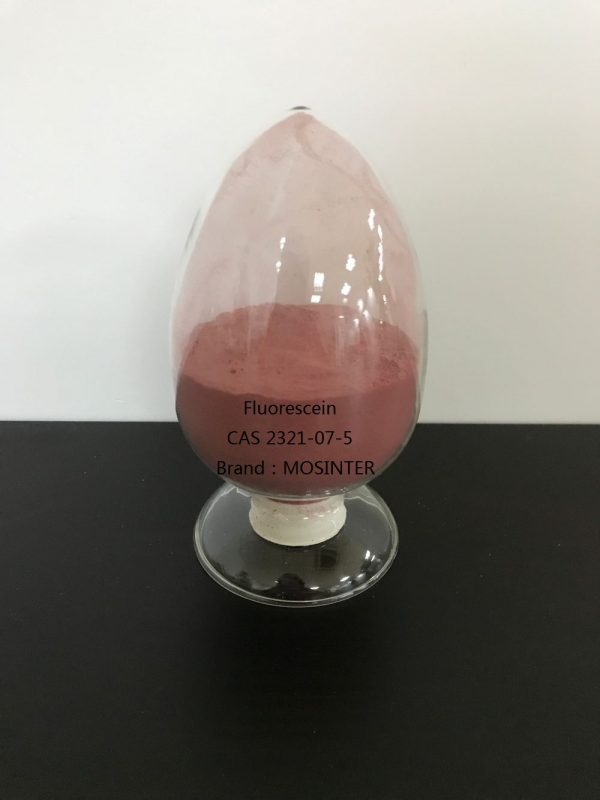
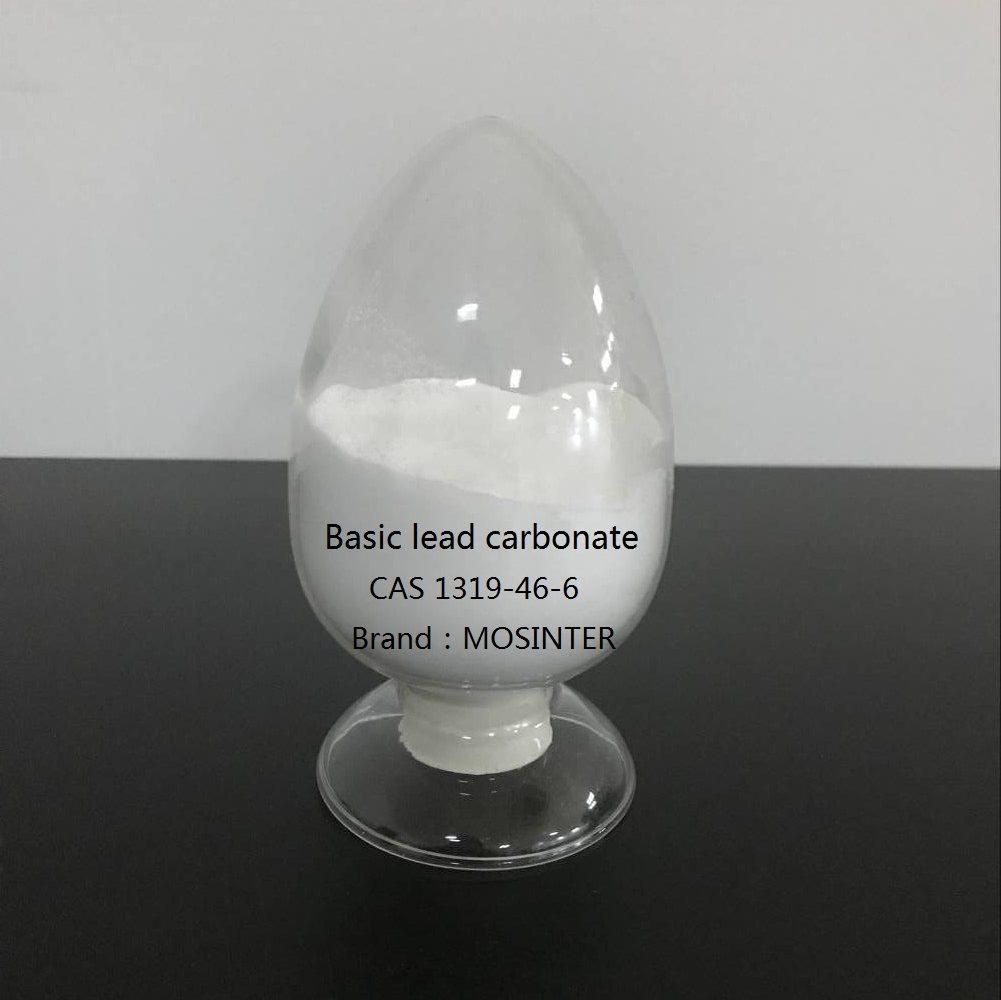
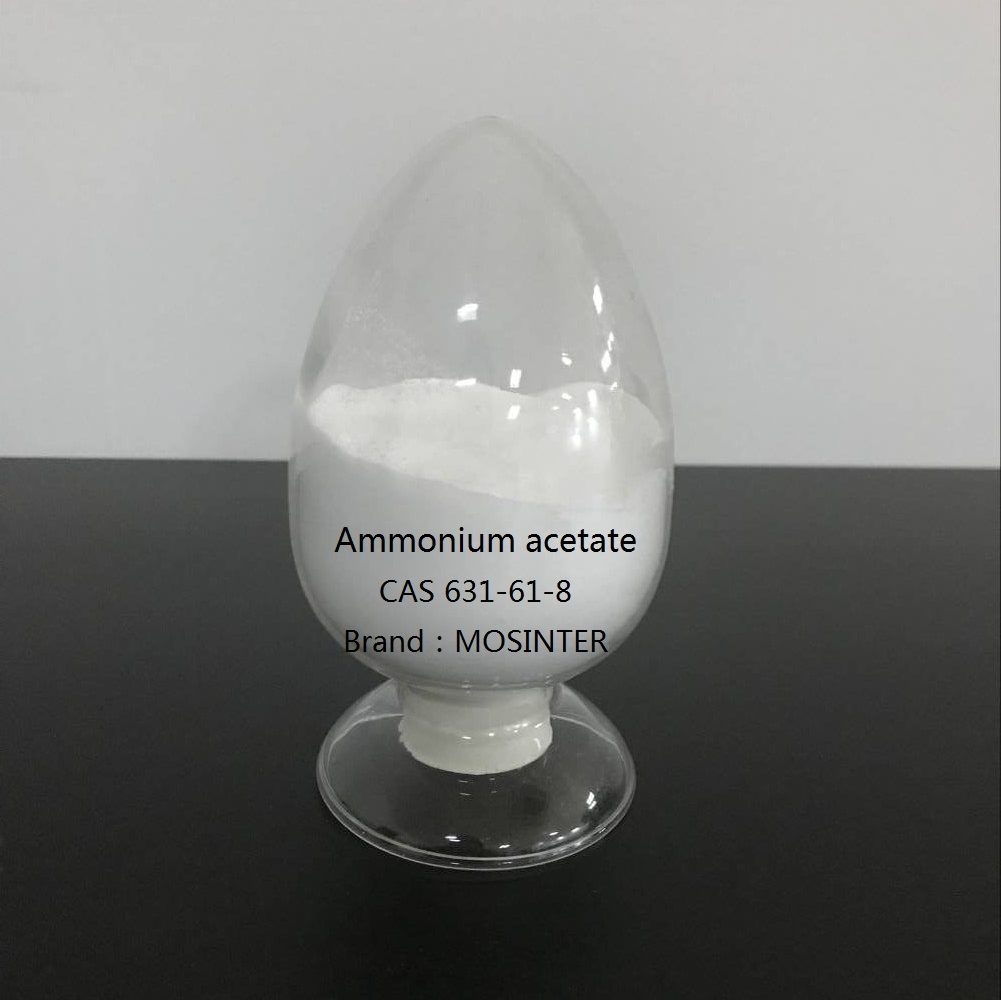
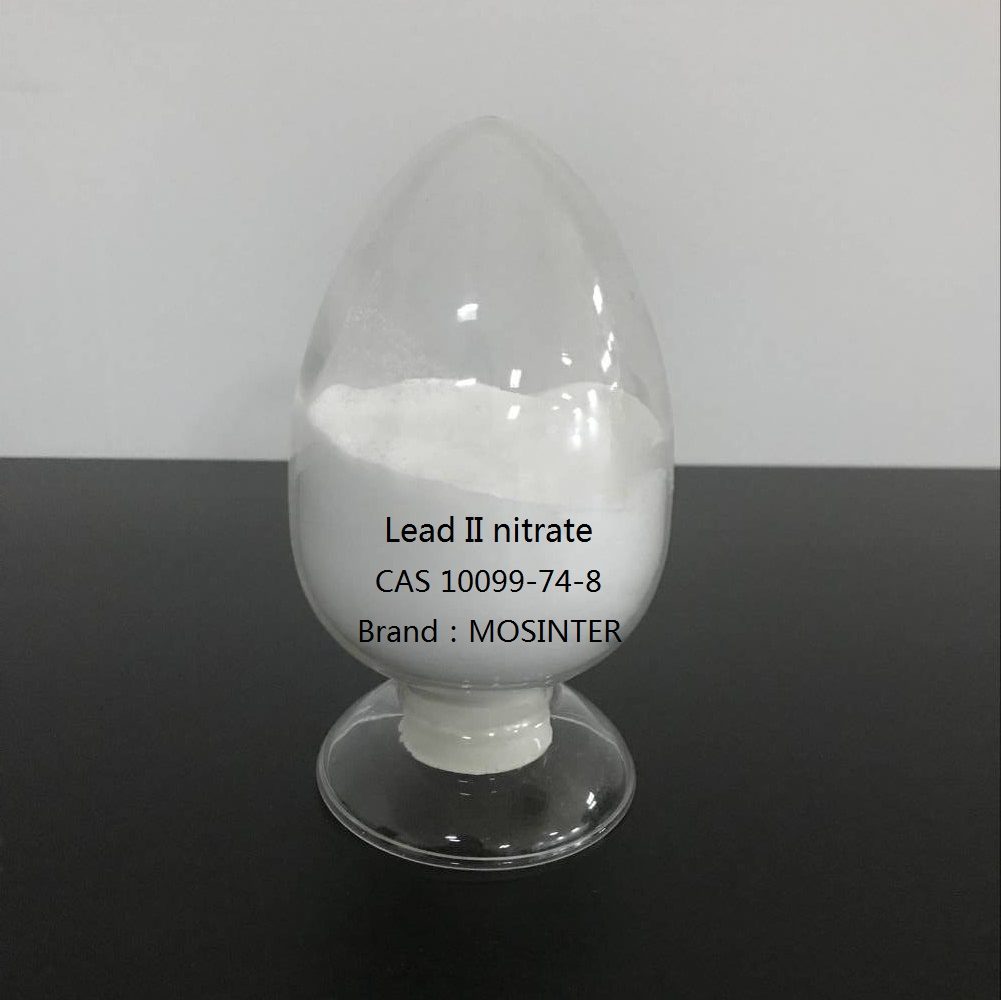
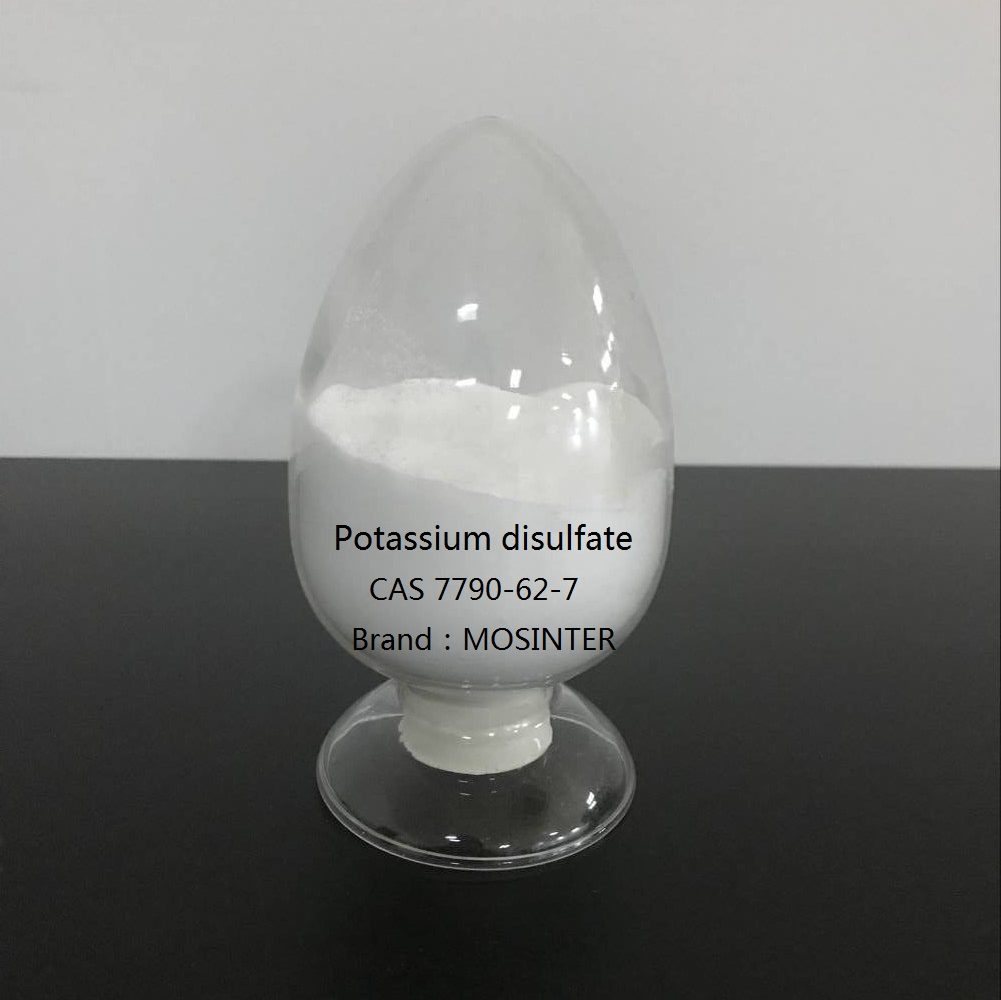
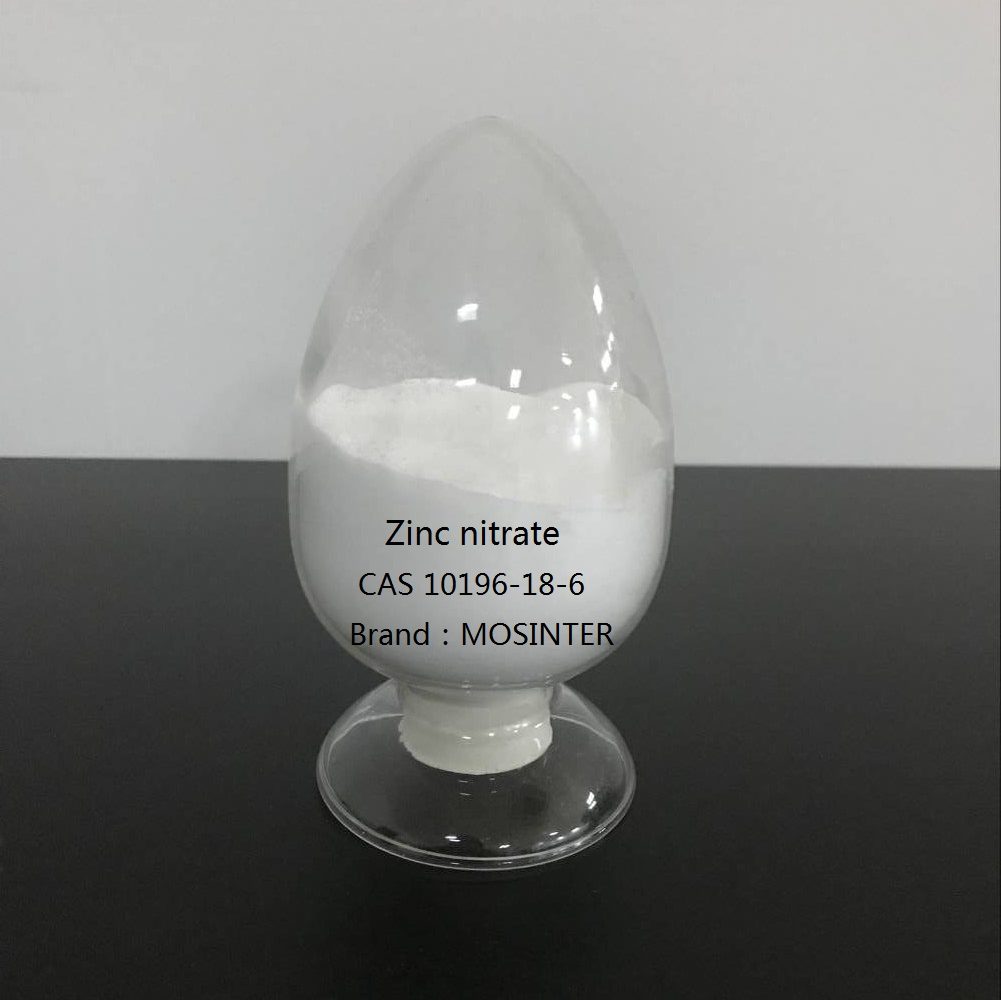
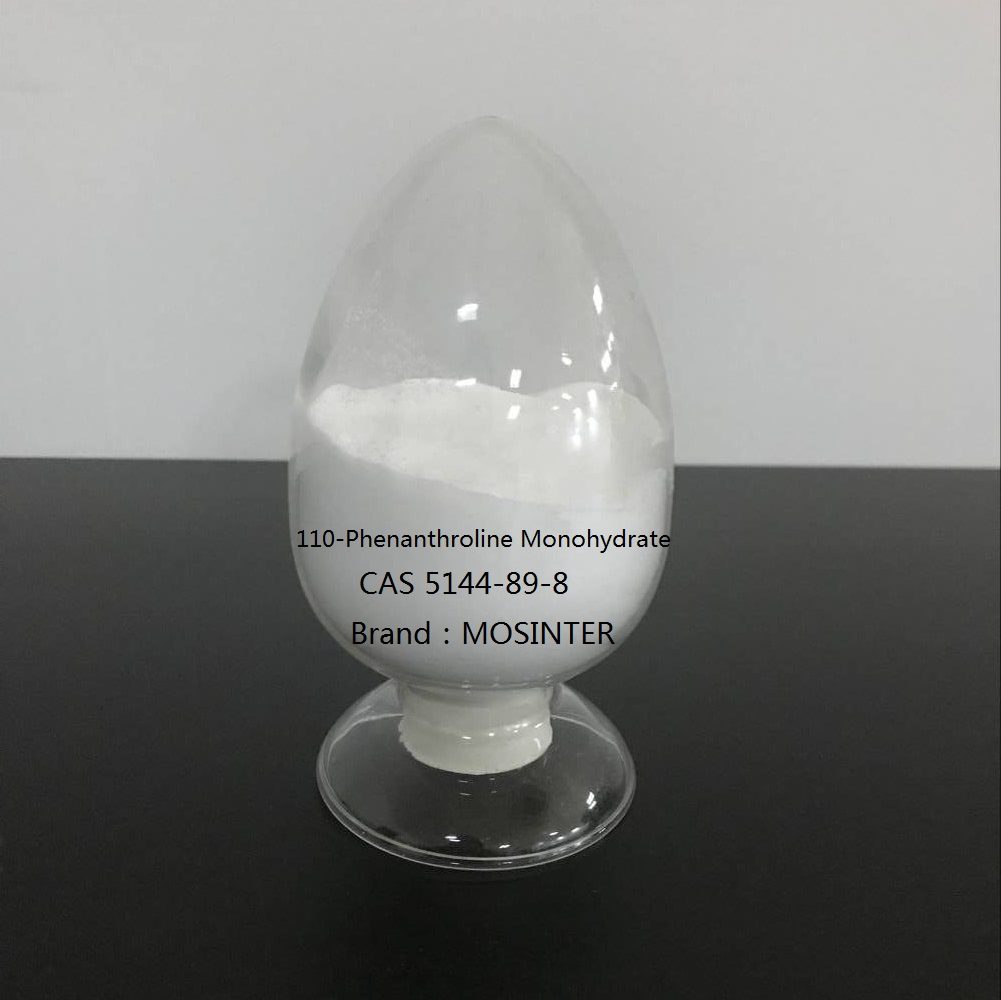
Reviews
There are no reviews yet.